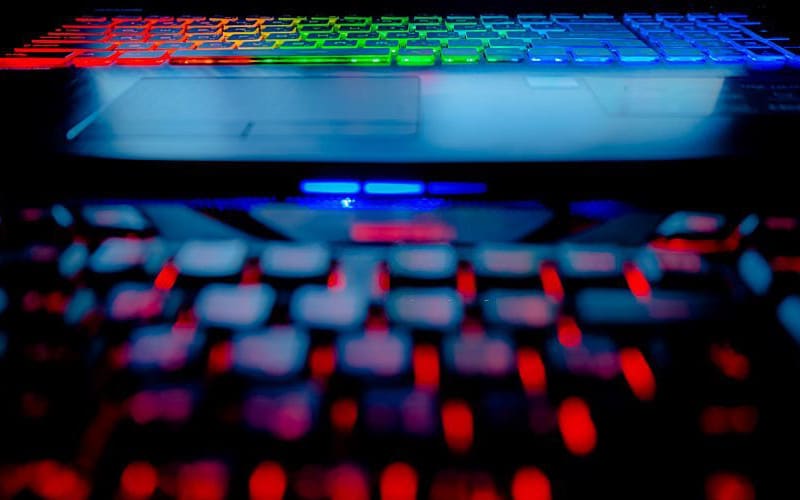Overclocking RAM might sound intimidating, but once you understand the process, it’s one of the simplest and most rewarding ways to get more out of your computer. Whether you’re a gamer chasing extra FPS, a content creator trying to speed up rendering times, or just a tech enthusiast wanting to fine-tune your rig, RAM overclocking can give your system a noticeable boost without buying new hardware.
In this complete guide, we’ll cover:
- What RAM overclocking is and how it works
- The benefits and risks
- Step-by-step instructions
- Stability testing and troubleshooting
- Advanced tips for maximum performance
What Is RAM Overclocking?
RAM (Random Access Memory) temporarily stores data that your CPU needs to access quickly. By default, it runs at a certain speed defined by its manufacturer. Overclocking means increasing that speed (measured in MHz) or adjusting the timings (latency) so data can be read and written faster.
Think of it like tuning a car engine — you’re pushing it beyond factory settings to squeeze out more performance. Done right, it can improve responsiveness, load times, and even gaming frame rates.
Benefits of Overclocking RAM
- Higher FPS in Games – Especially in CPU-bound titles or esports games.
- Faster Load Times – Quicker access to files, textures, and in-game assets.
- Improved Productivity – Better performance in applications like Adobe Premiere, Blender, or CAD tools.
- Better Multitasking – Smooth performance with many tabs, apps, or large datasets open.
Risks of RAM Overclocking
Before you jump in, you should know the potential downsides:
- System Instability – Overclocking too far can cause crashes or errors.
- Data Corruption – Unstable memory can lead to corrupted files.
- Higher Temperatures – More voltage = more heat.
- Reduced Lifespan – Constant high voltage may shorten component life.
Things You’ll Need Before Starting
- A PC with a modern BIOS/UEFI – Most overclocking is done there.
- Basic knowledge of BIOS navigation – Using arrow keys or mouse to change settings.
- Monitoring tools – HWInfo, CPU-Z, or HWMonitor.
- Stress testing software – MemTest86, Prime95 (Blend Test), or AIDA64.
- Patience – Overclocking is trial-and-error; rushing it can cause problems.
Step-by-Step Guide to Overclocking RAM
1. Check Your Current RAM Speed and Specs
Before making changes, know your starting point.
- In Windows, press Ctrl + Shift + Esc to open Task Manager ? Performance Tab ? Memory.
- Or use CPU-Z to see exact frequency and timings.
- Remember: DDR (Double Data Rate) memory shows half the actual frequency in CPU-Z. For example, 1600 MHz in CPU-Z means 3200 MHz effective speed.
2. Enable XMP (Intel) or DOCP/EXPO (AMD)
If you’ve never overclocked before, this is the easiest and safest step.
- Reboot your PC and enter BIOS (usually DEL or F2 at startup).
- Find XMP Profile (Intel) or DOCP/EXPO (AMD).
- Enable it to automatically apply your RAM’s rated maximum speed and timings.
This alone can give a big performance bump if your RAM was running at default JEDEC speeds.
3. Manual Overclocking for Maximum Gains
If you want to push beyond your RAM’s rated speed:
- Increase Memory Frequency Gradually – Start from your XMP speed and raise in small steps (e.g., 200 MHz at a time).
- Adjust Timings – Lower CAS Latency (CL), tRCD, tRP, and tRAS for faster access. Lower numbers = faster response.
- Increase DRAM Voltage Slightly – For DDR4, keep under 1.4V; for DDR5, under 1.35V (unless using advanced cooling).
4. Test for Stability
Every time you increase speed or tighten timings, stress test before saving the new settings:
- MemTest86 – Best for finding memory errors.
- Prime95 (Blend) – Stresses CPU and RAM together.
- AIDA64 Memory Stress Test – Good all-around test.
If you get errors or crashes:
- Increase voltage slightly (but stay within safe limits).
- Loosen timings (increase numbers).
- Reduce frequency a bit.
5. Monitor Temperatures
Although RAM doesn’t usually get as hot as CPUs or GPUs, heat can still cause instability.
- Keep DRAM temps ideally under 50–55°C during stress tests.
- If your RAM has heat spreaders, make sure airflow in your case is good.
Advanced Overclocking Tips
- Mixing RAM kits? Don’t. Always overclock identical sticks for best results.
- Benchmark Before & After – Use Cinebench, 3DMark, or game benchmarks to measure real gains.
- Focus on Latency Too – Sometimes lowering CAS latency gives more benefit than higher frequency.
- Watch for Diminishing Returns – A jump from 2400 to 3200 MHz may be huge; 3600 to 4000 MHz might be barely noticeable.
Troubleshooting Common Problems
- PC won’t boot? – Clear CMOS by removing the battery or using the reset jumper.
- Random crashes? – Lower your overclock or increase voltage slightly.
- High temps? – Improve airflow or lower DRAM voltage.
Conclusion
RAM overclocking is one of the most cost-effective ways to boost PC performance. For most users, simply enabling XMP/DOCP/EXPO is enough. For enthusiasts, manual tuning can unlock even more speed—but requires patience, testing, and an understanding of safe voltage limits.
If you take it slow, test after every change, and keep your hardware cool, you can enjoy a snappier, more responsive system without spending a dime on new parts.





